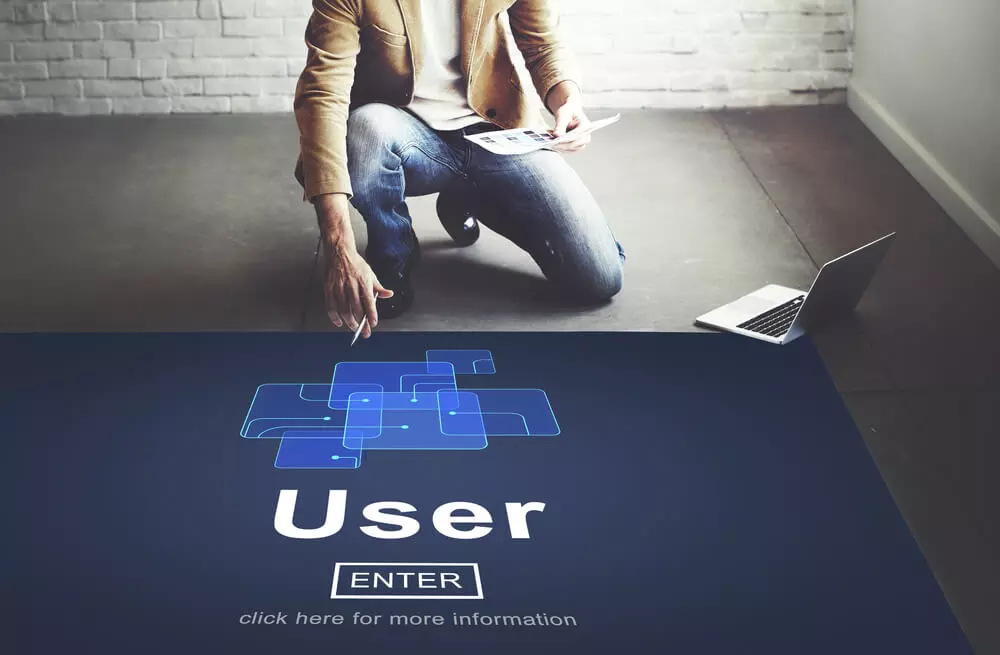Why Does Great User Experience Matter?
- 27 October 15

Introduction
As our industry’s technologies and methodologies advance and mature at an unprecedented and rapid pace, Web applications become progressively more complex. As such, creating a great User Experience (UX) in today’s world can be considered a fine art form.
User experience determines how an individual feels when interacting with a system, which can be website, a web application, or desktop software. In modern contexts, UX is generally denoted by some form of human-computer interaction (HCI) and includes factors such as usability, accessibility, performance, navigation, aesthetics, utility, ergonomics, and overall human interaction.
But UX is not exactly the same thing as usability, although they are related. UX is the experience, emotion, intuition and connection a user feels when using a website or software application. Usability is more about the effectiveness of the software design and the extent to how user-friendly it is. Usability is a key component of overall user experience.
UX – The Official Definition. According to ISO 9241-210, UX is the “overall experience, in general or specifics, a user, customer, or audience member has with a product, service, or an event. In the Usability field, this experience is usually defined in terms of ease-of-use. However, the experience encompasses more than merely function and flow, but the understanding compiled through all of the senses.”
So, Does UX Really Matter to Your Businesses? Yes. User experience has been a hot topic in recent months, with the highly scrutinized launch of Obama’s HealthCare.Gov. Overloaded servers, unplanned downtime or outages, problems with account creation, difficult site navigation features, or not enough online context sensitive help can create frustration and an overall negative emotional connection to the site amongst users. User experience needs to be considered an integral part of the design process, from inception all the way through to the roll out of the final product.
Business Benefits of a great UX: One of the most important aspects of user experience is the productivity of the user. Typically, the highest expense by far in any business is labor cost, therefore any time the user must wait for the system to respond before they can proceed translates into time and money being lost.
Key Success Factors of a Great UX include:
- Increased Engagements: Engaging your customers is the key to your success.
- Increased Adoption: It has been proven over the time that ease of use and usefulness are primary drivers of technology adoption.
- Enhanced Customer Satisfaction: Satisfied customers will drive repeat and referral business.
- Key Differentiator: Just look at Apple to see what an elevated user experience did for the company.
One of the best ways to drive customer delight is to provide an exceptional user experience across products and services. The Usability Professionals Association defines six key benefits to adding UX to the design and development process, such as: Increased productivity; Increased sales; Decreased training and support costs; Reduced development time and costs; Reduced maintenance costs; and Increased customer satisfaction.
So, what does it take to create a great user experience?
Creating a great user experience requires several things, in perfect synchronization with one another.
- Talent: You need a team of diversified skill sets including visual design, interaction design, information architecture, writing and engineering to develop a great UX.
- Focus: Your target group cannot be everyone. Do not create a generic experience for everyone, rather, identify the key segments and provide them with exactly what they want.
- User Intimacy: A detailed understanding of your users will help you meet their needs. Therefore, you need to identify your target users, understand the environment, analyze their business objectives and concerns, and create scenarios to help your creative team to be precise in meeting the customer’s needs.
- Systematic Process: You need to have a systematic process in place to better understand and operationalize the various dimensions of design and development. This should include design reviews, scorecards, web analytics and user feedback system.
- Alignment: There should be an effective alignment of your organization’s desires and your customers’ requirements.
The effective incorporation of UX design can enable users to experience the full extent of what is being communicated with them. A great UX should create a bond with the users through its look and feel, as well as its form and function. It should assist users as they set forth in achieving their required tasks with the right workflow and intuitive information architecture. The interactivity should be such that the technology used delivers the right information at the right moment, and the entire experience leaves the end user delighted.
When it comes to user experience, we simply cannot take a one size fits all approach. Having a solid user experience (UX) strategy in place can give your team the credibility needed to sit at the “big table,” and be recognized as a core part of the business.
This post was originally published by Wired Innovation Insights. The original article can be accessed here: http://insights.wired.com/profiles/blogs/great-user-experience-why-does-it-matter






